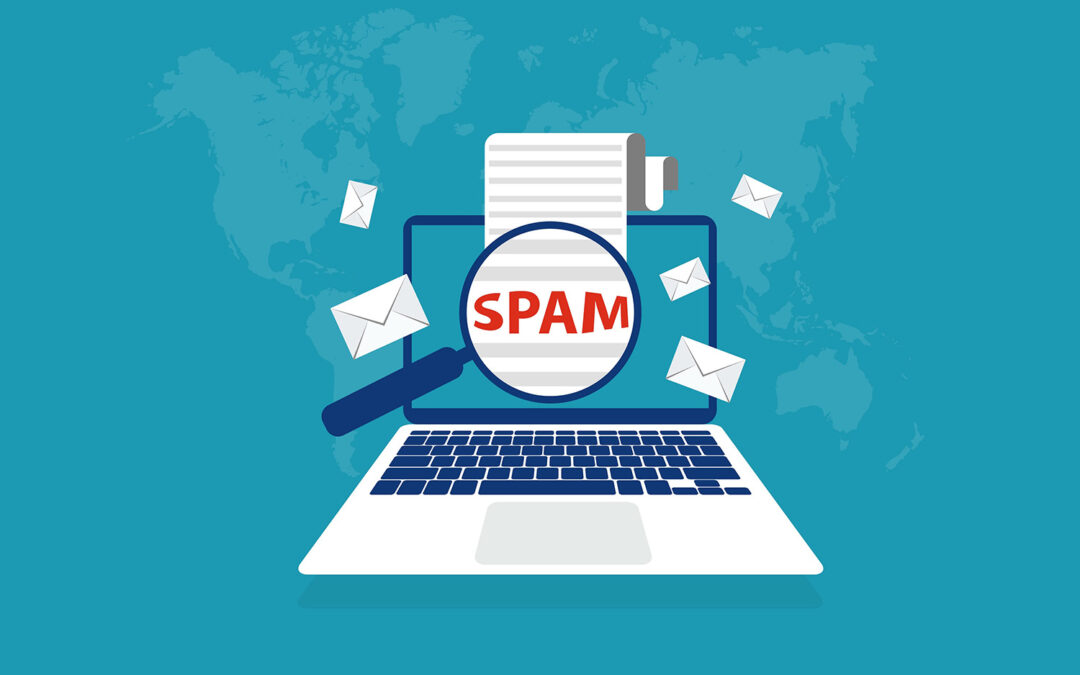Quando si intraprende la strada dell’email marketing, con DEM marketing e newsletter, sorgono molte domande. Temi fondamentali includono l’identificazione accurata della lista dei destinatari e la scelta della piattaforma di invio adeguata per evitare di sovraccaricare le caselle di posta. Tuttavia, il dubbio più frequente è probabilmente un altro: come evitare di finire nello spam? Sì, perché il rischio di essere considerati posta indesiderata è sempre dietro l’angolo. Sai che basta un carattere maiuscolo di troppo o un uso errato della punteggiatura per mettere a repentaglio la consegna delle tue email? Vedere il proprio lavoro ignorato è l’incubo peggiore per ogni email marketer, ma con alcune precauzioni è possibile limitare o addirittura evitare questo fenomeno.
Le pratiche per non finire nello spam
Per evitare di finire nello spam, ci sono alcune considerazioni testuali da tenere presente. Innanzitutto, l’oggetto dell’email DEM marketing, che è la tua carta d’identità per ottenere un’apertura. Ricorda di evitare l’uso di lettere maiuscole e punti esclamativi, che potrebbero essere interpretati sia dai server di posta che dagli utenti come un potenziale messaggio indesiderato. È anche buona norma essere diretti, in modo da far capire immediatamente al destinatario di cosa si sta parlando.
Anche la formattazione del messaggio è molto importante, poiché la presenza di alcune parole “sospette” (soprattutto nell’oggetto, ma anche nel contenuto) può far sì che i server di posta lo considerino spam. Evitare parole come “offerta imperdibile”, “gratuito/a”, “acquista subito” o l’uso eccessivo di simboli come “€€€” è una buona abitudine per rendere i tuoi messaggi meno “spammosi”.
Dal punto di vista tecnico, è importante prestare attenzione ai link inseriti nel tuo messaggio. Assicurati che tutti i collegamenti siano funzionanti e indirizzino a pagine sicure.
DEM marketing e newsletter: cosa sono SPF, DKIM E DMARC
Inoltre, l’autenticazione è una fase fondamentale da non trascurare. Da un punto di vista tecnico, considera i record SPF, DKIM e DMARC, la cui presenza influisce positivamente sulla credibilità delle tue email.
SPF, acronimo di “Sender Policy Framework“, consente ai server di posta di verificare se un’email in ingresso proviene effettivamente dal server host dichiarato e non è una semplice copia creata per inviare spam o phishing.
DKIM, che sta per “Domain Keys Identified Mail“, consente a un dominio di associare il nome all’email mediante una firma digitale che garantisce la sicurezza e l’integrità del messaggio inviato.
DMARC, il protocollo “Domain-based Message Authentication Reporting & Conformance“, rappresenta l’ultimo controllo: verifica che la firma DKIM sia valida e che i dati contenuti corrispondano al dominio e all’IP dichiarati nel record SPF.
Strumenti di verifica antispam per DEM marketing e newsletter
Per semplificare le cose anche per i principianti, ci sono alcuni strumenti gratuiti che consentono di effettuare verifiche sulle email che invii. Uno di questi è Mail Tester, che effettua controlli sia tecnici che sul contenuto del messaggio.
Per utilizzarlo, è sufficiente inviare una mail di prova all’indirizzo temporaneo generato dal sito, aggiornare la pagina e attendere il calcolo del punteggio da 1 a 10 che indica quanto le tue email sono “spammosi”.
Se ottieni un punteggio tra 8 e 10, hai ottime possibilità che la tua email raggiunga senza problemi la casella di posta del destinatario, tuttavia prendi in considerazione i suggerimenti forniti da Mail Tester per migliorare ulteriormente. Per i punteggi tra 6 e 7, potresti incorrere nel blocco da parte di alcuni provider di posta più rigidi.
Se, infine, ottieni punteggi da 0 a 5, è probabile che le tue email non vengano ricevute dai destinatari e Mail Tester ti consiglierà di rivedere il contenuto del messaggio o le impostazioni tecniche della tua DEM marketing o newsletter.
Ma come assegna Mail Tester queste classifiche? Come accennato, la piattaforma effettua vari controlli. Ad ogni passaggio, Mail Tester abbassa il punteggio di qualche punto decimale se trova qualcosa che non va all’interno dell’oggetto o nel contenuto del messaggio, come ad esempio la presenza link sospetti o non funzionanti.
Utilizzando uno strumento come Mail Tester, puoi migliorare la qualità e la consegna delle tue email, evitando di finire nella posta indesiderata dei destinatari.

